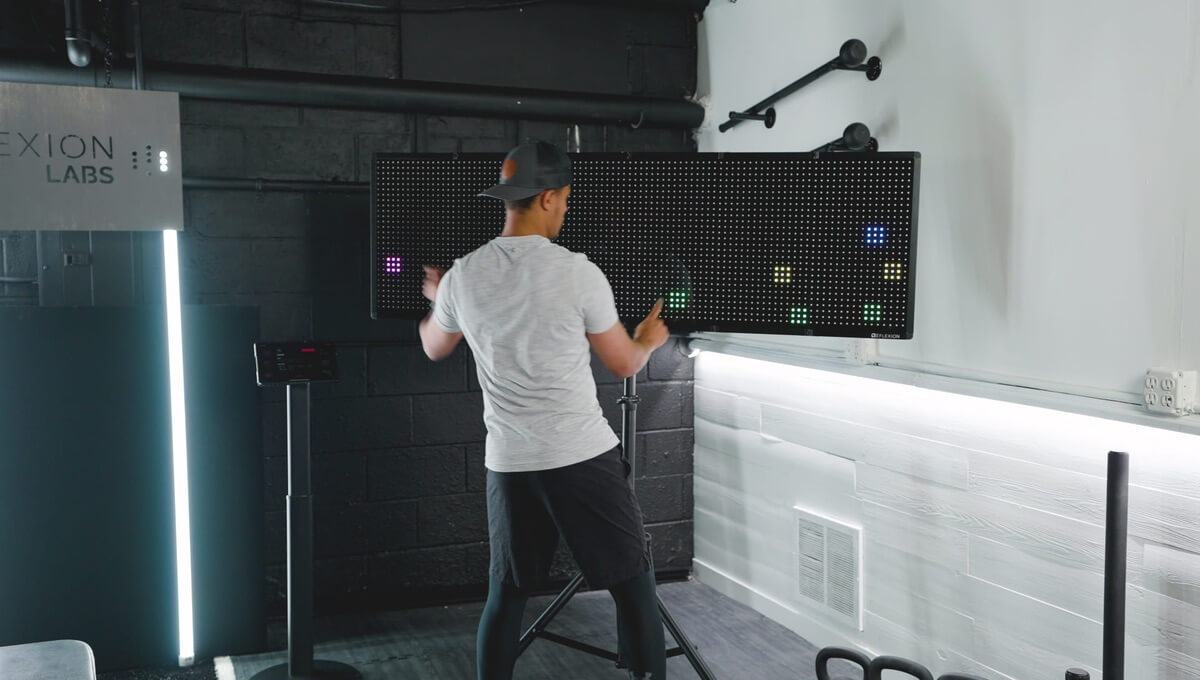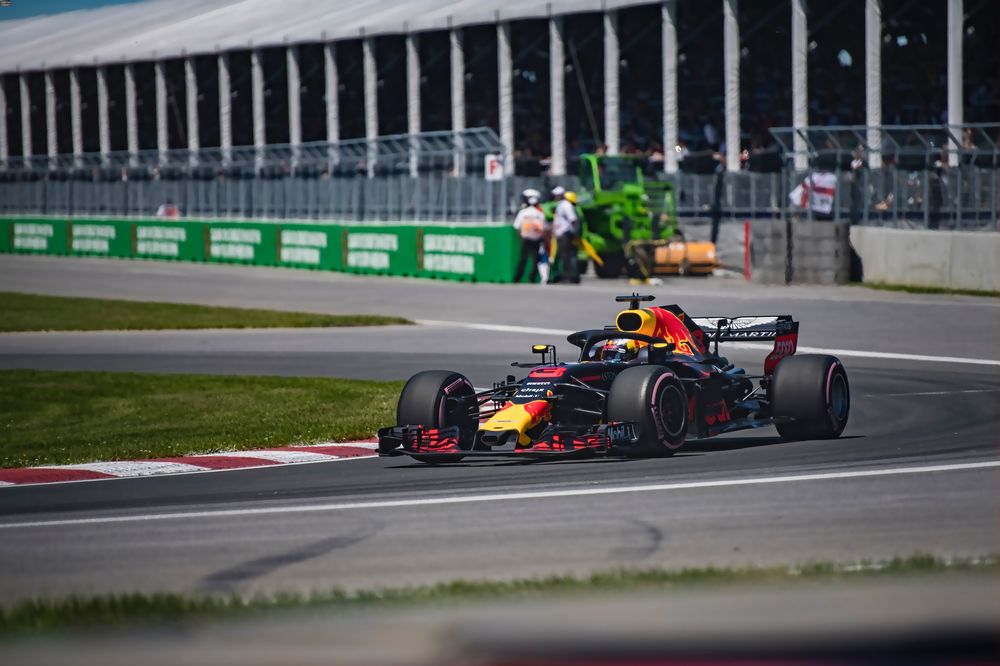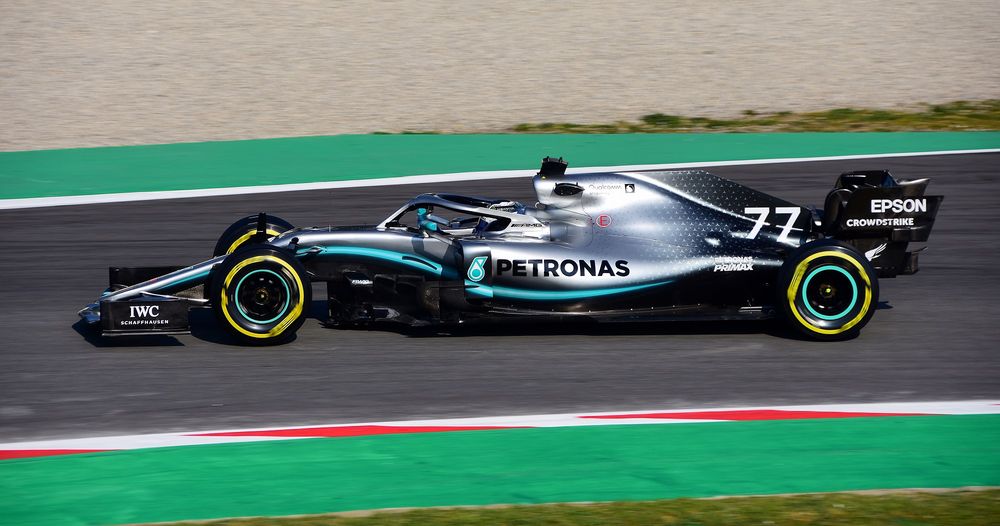Reaction training lights have been quickly growing in popularity, and there’s a good reason why. With the right program and training approach, these lights can make a massive impact on your overall performance.
In fact, most serious athletes are already adding reaction light training into their current workout. It has become a requirement for those who are committed to improving and taking their game to the next level.
This post will cover everything you need to know about reaction light training, and give you some tips on how to get started.
What Is Reaction Light Training?
Reaction light training is a revolutionary way to train your mind. You see, many athletes focus on the physical aspects of their training. While reaching peak physical condition is essential, your mental prowess and visual skills play a more significant role in your success than you know!
No matter what sport you play, quick reaction times are crucial. In a split second, you must identify openings, process the information to figure out what you’re going to do, and jump into action. Everything occurs in an instant!
Unfortunately, not every athlete has the fast reaction times they need to reach their full potential. It might not seem like a huge difference, but even a fraction of a second can lead to lost opportunities on the field.
With reaction light training, you can improve your reaction time and see major improvements in your performance.
The concept is pretty simple. Training devices utilize a series of lights to trigger a response. The lights act as stimuli, representing what you might see in the middle of a game.
Your job is to react as quickly as possible to that stimuli! The lights may flash, turn on in random patterns, move around the screen, or change colors. Training devices offer a slew of programs that are capable of addressing different problems.
Whatever the case may be, you’re tasked with completing a physical response.
More advanced training devices, such as Reflexion, will track your performance with every response. You and your trainer can analyze the data to get more insight into your skills. It gives you the chance to see your strengths and find areas where you need to improve.
Reaction training lights are incredibly versatile, providing a long-term solution for cognitive enhancements. Programs are adaptable, getting more challenging as your reaction times improve. As a result, you can continue to see your reaction times soar as you avoid a dreaded plateau.
How It Can Benefit You
You have a lot to gain from reaction light training. There’s no shortage of game-changing benefits to take advantage of!
As mentioned earlier, your cognitive skills are paramount on the field. You can have all the strength and agility in the world, but if you’re not able to react quickly there’s always going to be someone who’s faster and more capable than you.
Reaction light training can bridge the gap, pushing you to reach your potential with your sport!
The most obvious takeaway is quicker response times. These exercises look simple at face value. However, completing drills creates significant changes within your brain.
Every time you respond to something you see on the field, synaptic responses occur in the brain. Neurotransmitters start popping off, delivering important information, and telling parts of your body to get moving.
The more that those neurotransmitters move, the more efficient they become. Now, there’s no way to prepare for every little thing you’ll encounter on gameday, but reaction light training can simulate quite a bit!
With regular training, the synaptic responses form a defined path that neurotransmitters can travel on. As a result, you’ll receive those messages faster and more efficiently!
Reaction training lights can lead to other great perks as well.
It naturally enforces your hand-eye coordination. You must provide a physical response to the lights as they appear. The reaction forces your arm, hand, and fingers to jump into action.
Again, repeatedly training coordinated movements strengthens the connection, allowing you to move more efficiently.
This unique form of mental training can also improve things like eye tracking and peripheral awareness.
All of these cognitive and visual improvements can lead to a noticeable improvement in your athletic performance. You’ll be quicker on your feet, more attuned to what’s going on around you, and more responsive to the events that unfold.
Reaction training is what sets great athletes apart from good ones. It can take your skills to the next level and make you a force to be reckoned with in your sport!
Common Reaction Light Exercises You Can Do
There are many unique ways to introduce reaction light training into your routine. Reaction-based drills are super versatile, and are actually pretty fun!
What you can do varies based on the equipment you have. With that said, here are some of the most common drills worth trying out.
1. Light Taps
Here’s a simple workout that can have a considerable impact. It requires the use of a standard reaction training screen.
These screens feature an array of LED lights and touch responsive panels. They’re a hands-on device that offers tons of training flexibility.
The concept here is easy. The screen will flash a series of colored boxes at random. To get through the program, tap each one as quickly and accurately as possible.
2. Focused Taps
For this drill, stand close to the screen. In addition to training your reaction time, you’ll work your peripheral vision. This can help you improve your reaction and processing times no matter how you see the visual cues.
When you stand close to the screen, two boxes will appear. These boxes are your starting point, and you must keep your fingers on these two boxes.
As random lights pop up, tap them as quickly and accurately as you can before returning your finger to the starting point.
3. Memory Patterns
With this exercise, you’re testing how fast you can record information and react to it. Like other screen-based drills, this one requires physical touch.
Quick patterns of light will flash on the screen. Your job is to recreate the design as fast as possible. The device times you, forcing you to act at breakneck speeds to improve.
4. Sporadic Sprints
Here’s a drill that involves more physicality. It utilizes standalone lights that you can connect to training software.
The aim of the game is similar to the first exercise we went over. All you have to do is touch the light to turn it off. However, there’s the added challenge of distance to contend with!
Place several lights throughout the training space at random. Choose a starting point and begin the program! The lights will flash at random, staying on until you respond to them. You must sprint to the light and get low to turn it off.
5. Suicide Sprints
For this exercise, you’ll only need about three lights. You can bump up the light count later to create a more significant challenge, but you can start with three for now.
Mark a starting line on the floor. Then, place the lights several meters away. You can choose uniform distances, but make sure that each one is different. For example, you can put one 5 meters away, the second 10 meters away, and the third 15 meters away.
After starting the program, the lights should flash and stay on like before. Your goal is to sprint to each light, turn it off, and return to the starting point.
Set the lights to flash one after another! That way, you are continually sprinting back and forth.
6. Pursuit
The pursuit drill is an exercise that takes advantage of the fluid movement of light screens. Reflexion’s light screens are perfect for this type of routine.
Two light circles will appear on the screen. One moves around randomly while the other requires your control. Tap and drag the stationary light to chase after the moving one!
Try to hold your light circle over the other one for as long as possible, chasing it as it dances around the screen. If you want to create an even bigger challenge, add another moving light into the mix and use both hands!
7. Dexterous Taps
This last drill is all about teaching you to stay in control while still reacting quickly. This is an important skill to have in just about any sport.
The drill is similar to other common screen-based exercises. You have two squares that act as the “home base” for each hand.
To complete the workout, you must tap the lights as they appear and return your hand to the light square starting position. However, the trick is that you can only tap specific shapes or colors with one hand. The program might reserve purple lights for the right hand and yellow lights for the left!
Either way, this limitation forces you to process the visual cue quickly before you take action.
How Advanced Are These Lights Today?
Training lights have come a long way in recent years. The concept of reaction light training is not new, but advances in tech have made it more accessible and impactful than ever!
These aren’t simple light stationary lights or rudimentary television screens. They’re advanced pieces of equipment that utilize the latest and greatest in analytical computing.
Take Reflexion for example. This six-screen panel is sporting 2,600 LED lights and a capacitive touch screen for accurate response. It’s wide, allowing you to create a massive training area.
Of course, the Edge is tough enough to last as well. It uses borosilicate glass and an aluminum chassis to withstand rough gym environments.
More importantly, however, is the brains of the operation. The light panel connects to a smartphone or tablet, recording each and every response you provide. Within the app, you can get in-depth analytics.
The software is highly versatile and recommends adaptations to help you see even more improvements.
Today’s reaction light devices are like full-fledged trainers. Thanks to the technology they utilize, they’re advanced enough to push you further than ever before. Pair that with the long-term performance analysis, and you have a system that adjusts as you improve.
If you’re interested in learning more about reaction training lights how Reflexion can help, get in touch!





